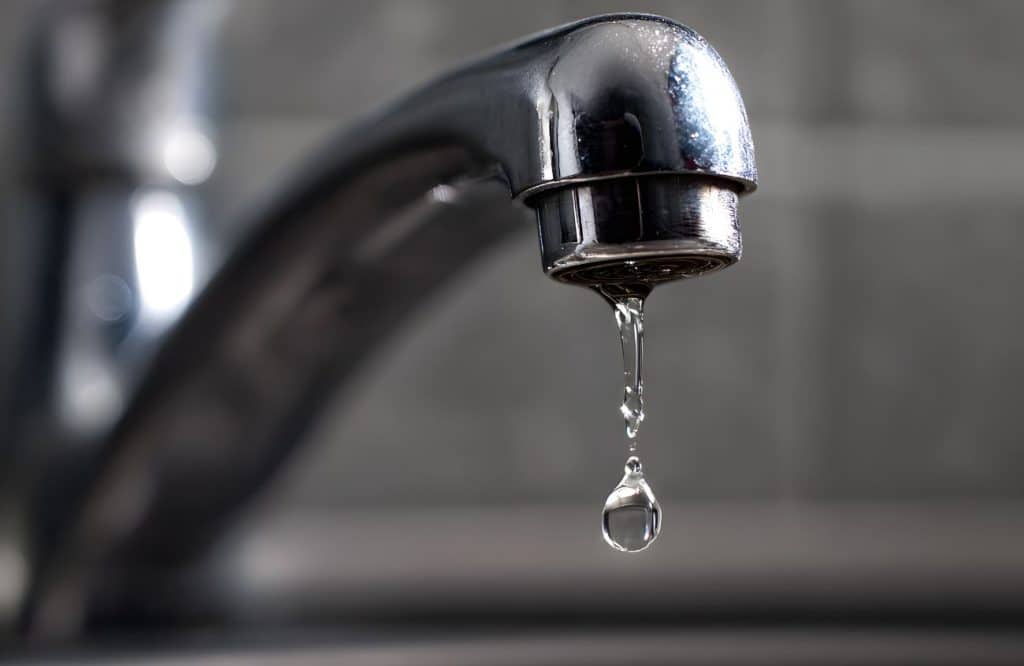Most states require some form of cross-connection control for non-residential properties, and many go as far as to require a program catered to residential properties. The needs—and risks—presented by commercial properties are often drastically different than what we see in residential buildings. And with an even bigger awareness gap when it comes to backflow risks among residential customers, we need to take a unique approach.
What are your options? How should you survey and protect residential connections? How do you maintain compliance? And what makes sense for your community?
Essential Knowledge & Skills
Cross-Connection Control for Water Department Staff
Exterior vs. Interior: What’s the Difference?
In an exterior program, your public water system documents all outside water connections—from hose bibbs to pond and pool fills—to protect external connections. These types of surveys don’t require scheduling or direct contact on-site with property owners. Plus, they’re the least invasive option and result in less pushback from residents.
Interior residential surveys go a step further. While you still review all external points of use, you also go into the home to review connections including boiler systems, water-driven sump pumps, water softeners, laundry tubs, and more. Many of these interior connections, including water-driven back up sump pumps , are counted as high hazard and present a risk to the potable water within the home and the entire distribution system. And, as an added benefit, many municipalities appreciate the ability to tackle other interior and on-site activities while already completing a survey in the home.
Interior Residential Cross-Connection Control Programs
Recently, some states (like Michigan and California) have begun to move toward requiring interior residential cross-connection control programs. Many communities have already implemented interior programs to shore up protection of their water systems. While these programs aren’t without challenges, the benefits are significant.
Challenges
The biggest challenge in conducting interior residential inspections is coordination. While exterior surveys are limited to the outside of a premises and don’t require on-site contact with residents (or two-way communication ahead of the survey), the logistics involved in interior programs are significant. And if you’re already short staffed, the administrative work can be overwhelming. Residents need to schedule appointments, you need to coordinate on-site visits, and you need to maintain detailed records.
And, as always, water customers will make their voices heard. With any cross-connection control program—even when you limit on-site surveys to exterior—you can expect some pushback from your residents. But, with internal surveys, especially when there’s a lack of awareness and public education on backflow prevention, residents may express their unhappiness even more.
Benefits
The biggest benefit of conducting interior residential surveys is the quantity and quality of data you’re able to collect. Simply put, you can’t get a better inspection. It includes all the high-risk points of use inspectors review in an exterior survey and also covers the risky potential cross-connections inside the house. When we ignore those, families—and the whole community—could face contamination of their drinking water.
Plus, you can tackle other on-site tasks in a single visit—that means greater efficiency for your staff and fewer disruptions for your customers. While on-site for an interior cross-connection control survey, you could complete:
- Sump pump inspections
- Service line inventories
- Meter replacements
- Community well inspections
Finally, interior residential inspections, because they require interaction with water customers, present a unique opportunity to educate the public. Often, when we get on-site, customers reveal they don’t know what the survey is, what it’s for, or why it’s required. Inspectors can provide insight into backflow prevention, cross-connection control, and what residents should look out for. (And this helps address resident pushback—while building up customer trust.)
Getting Started
Any cross-connection control program is better than no program. But interior residential programs provide unique benefits. If logistics, coordination, and on-site activity for an interior program are beyond your municipality’s capabilities, you don’t have to go it alone. HydroCorp’s team is experienced in implementing and managing interior residential programs from inception to compliance.
With dedicated administrative support to manage scheduling, notices, and technical support, plus ASSE-certified surveyors armed with educational materials, the burden of an interior program doesn’t have to fall on your staff alone. And at the end of year, we’ll even compile your annual report so you can submit it to the state regulatory body where required.
When you conduct an interior residential cross-connection control program, you’re doing the best inspection you can up front—there won’t ever be more requested of you from the state, and you can be sure your community’s water is safe.
Ready to learn more about how HydroCorp can support your utility’s cross-connection control efforts?



